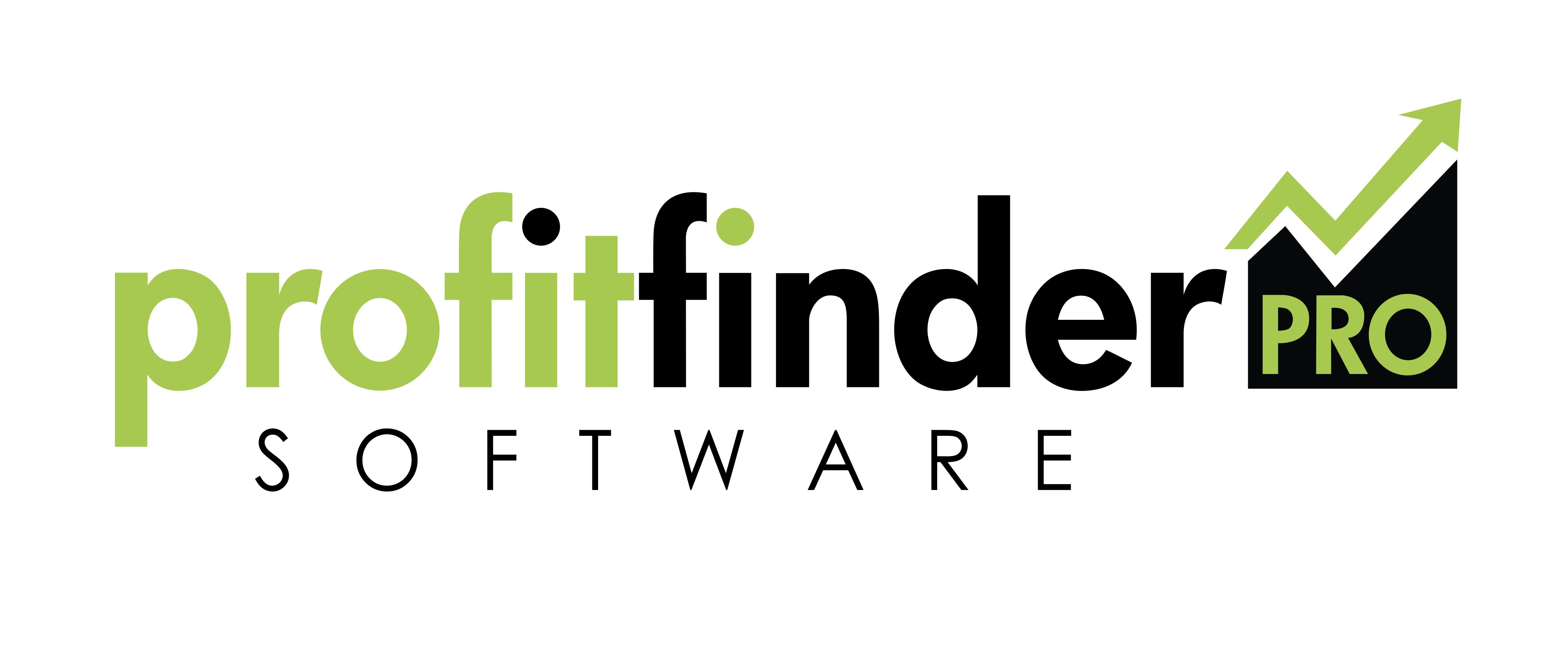
The reason for blogging is to generate leads.
Blogging for Lead Generation
Business owners usually have more than enough on their plates, and for that reason, it is easy to overlook blogging. The mean reason we blog is to generate leads. That’s it, plain and simple. In order for your blog to become a lead generator, someone in the business needs to realize this and then make sure blogging is being done consistently.
The following is a great article in Entrepreneur by Ann Handley that tells of ways to turn your blog into a lead-generation machine. There is a method and a systematic way to make it work for you!
Enjoy the article!
Sometimes when I hear companies talking about creating a “machine” for their lead-generation efforts, I think about Dr. Seuss. Specifically, I think about all the fantastical and imaginative machines he created in his 46 children’s books–like the Super-Axe-Hacker, the Utterly Sputter and (my favorite) the Eight-Nozzled Elephant-Toted Boom Blitz, a mighty machine that rapidly fires explosive sour-cherry stones.
Of course in real life, businesses can’t flip the switch on a Triple-Sling Jigger to instantly produce prospects. But what if you could create a kind of machine for lead generation on your own company blog, allowing it to help you continuously fill that sales funnel?
Blogs are a great way to increase your digital presence, making you more visible and “findable” via Google, Bing and the like. They can also be a great way to generate leads. Your blog can function as a kind of triage for your sales team, fielding and answering questions organically via the content you produce there. However, it can perform that function only if you effectively create momentum with visitors who are likely to buy, turning them from mere passersby into something more.
Here’s a 10-step prescription to increase your visibility and attract more qualified folks to your site. It may not shoot cherry pits, but it will help you convert your traffic into leads.
1. Make your blog an extension of your main website. A visitor’s first experience with your company might be through a blog page. He or she might never land on your main site’s homepage, so link your blog visually (mirroring the navigation and design of your main site) as well as technically. Maintain the blog as a subdomain of your main domain (something like blog.website.com) versus putting it on a separate domain entirely. Blogging on the same domain that hosts your company site ensures that all inbound links to blog pages also juice up the search mojo of your main site.
2. Solve or share, don’t shill. Your blog should focus on your customers. It should either solve their problems or share your resources. Don’t shill your stuff. This may sound obvious, but too many business blogs seem to be a repository for press releases, regurgitated marketing-speak and other pablum. News about your company and its products and services might be fascinating to you, but it’s not what will ultimately attract and engage prospects. Write about what they care about.
How can you determine what to write about? Use inquires or “Frequently Asked Questions” as fuel for blog posts. Ask your frontline folks: What problems do our customers ask about? What advice do they need? What problems do our products or services solve? Also, check your search logs: See what keywords people use when they land on your site to get a sense of what problems they have and what words they use to describe them. (Of course, questions your customers don’t ask but you wish they did–or Frequently Unasked Questions–also are great blog post fodder!)
(The following just list the points, but go to the article to read the rest. It’s worth it!)
3. Show up.
4. Avoid War and Peace posts.
5. Pen a killer headline.
6. Link to other resources.
7. Embed companion calls to action.
8. Offer subscription services.
9. Trick out with social bling.
10. Remember one final thing…
